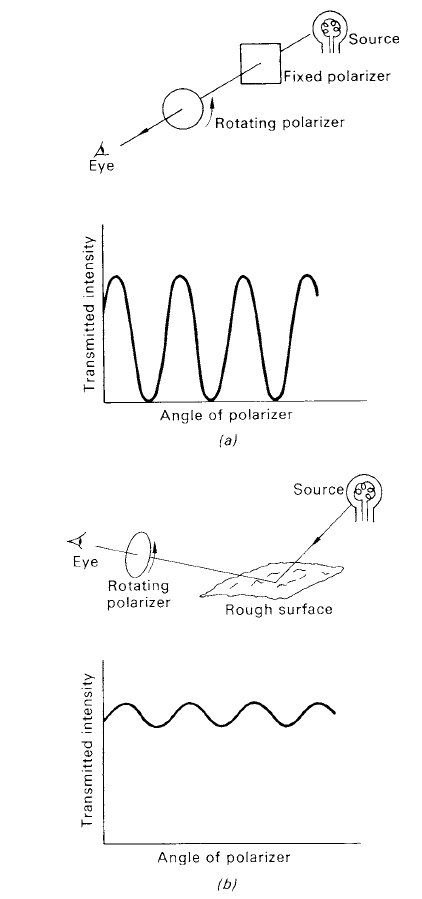
تاريخ الفيزياء

علماء الفيزياء


الفيزياء الكلاسيكية

الميكانيك

الديناميكا الحرارية


الكهربائية والمغناطيسية

الكهربائية

المغناطيسية

الكهرومغناطيسية


علم البصريات

تاريخ علم البصريات

الضوء

مواضيع عامة في علم البصريات

الصوت


الفيزياء الحديثة


النظرية النسبية

النظرية النسبية الخاصة

النظرية النسبية العامة

مواضيع عامة في النظرية النسبية

ميكانيكا الكم

الفيزياء الذرية

الفيزياء الجزيئية


الفيزياء النووية

مواضيع عامة في الفيزياء النووية

النشاط الاشعاعي


فيزياء الحالة الصلبة

الموصلات

أشباه الموصلات

العوازل

مواضيع عامة في الفيزياء الصلبة

فيزياء الجوامد


الليزر

أنواع الليزر

بعض تطبيقات الليزر

مواضيع عامة في الليزر


علم الفلك

تاريخ وعلماء علم الفلك

الثقوب السوداء


المجموعة الشمسية

الشمس

كوكب عطارد

كوكب الزهرة

كوكب الأرض

كوكب المريخ

كوكب المشتري

كوكب زحل

كوكب أورانوس

كوكب نبتون

كوكب بلوتو

القمر

كواكب ومواضيع اخرى

مواضيع عامة في علم الفلك

النجوم

البلازما

الألكترونيات

خواص المادة


الطاقة البديلة

الطاقة الشمسية

مواضيع عامة في الطاقة البديلة

المد والجزر

فيزياء الجسيمات


الفيزياء والعلوم الأخرى

الفيزياء الكيميائية

الفيزياء الرياضية

الفيزياء الحيوية

الفيزياء العامة


مواضيع عامة في الفيزياء

تجارب فيزيائية

مصطلحات وتعاريف فيزيائية

وحدات القياس الفيزيائية

طرائف الفيزياء

مواضيع اخرى
The photon nature of radiation
المؤلف:
A. Roy, D. Clarke
المصدر:
Astronomy - Principles and Practice 4th ed
الجزء والصفحة:
p 21
14-7-2020
2333
The photon nature of radiation
There is another aspect to the description of electromagnetic radiation that is important in terms of the atomic processes occurring in astronomical sources and in the process of detection by observational equipment.
At the turn of the twentieth century, it was demonstrated that light also had a particulate nature. Experiments at that time showed that radiation could be considered as being made up of wave packets or photons. The energy associated with each photon can be expressed in the form
E = hν (1)
where h is Planck’s constant and equal to 6·625 × 10−34 J s. Thus, it can be seen that the photons carrying the most energy are associated with the high frequency end of the spectrum, i.e. the γ -rays— photons associated with the radio spectrum have very low energy.
For many observational circumstances, the flux of energy arriving from faint sources is such that it is the statistical random nature in the arrival of the photons that limits the quality of the measurement. In observations where the source of experimental noise errors is very small, it is perhaps the random arrival of photons that constitute the noise on the measurements. The accuracy of data recorded under such a circumstance is said to be limited by photon counting statistics or by photon shot noise. In order to be able to estimate the accuracy to which measurements of brightness or details within the spectrum can be obtained, it is necessary to know the photon arrival rate associated with the generated signal.
For this reason, the strengths of observed sources are sometimes referred to in terms of photons s−1 rather than in watts. Equation (1) is all that is needed to relate the two ways of expressing the amount of energy which is received by the observing equipment.
It may also be noted that in the zones covering the high energy end of the spectrum, neither wavelength nor frequency is used to describe the radiation. The more usual units used are those of the energy of the recorded photons. Thus, for example, features occurring in x-ray radiation are normally described in terms of photon energies of order 10 keV. Equation (1) describes the energy of a photon and this can be re-written as
 ..............(2)
..............(2)
By remembering the conversion of units such that 1 eV = 1·6 × 10−19 J, the photon energy expressed in eV units is
 ...........(3)
...........(3)
In order to determine the wavelength associated with a photon of some given energy, consolidation of the numerical parts leads to
 ..............(5)
..............(5)

Figure 1. (a) The artificial production and analysis of totally polarized light. (b) The production of partially polarized light as might occur in nature and its analysis.
 الاكثر قراءة في مواضيع عامة في علم الفلك
الاكثر قراءة في مواضيع عامة في علم الفلك
 اخر الاخبار
اخر الاخبار
اخبار العتبة العباسية المقدسة

الآخبار الصحية















 قسم الشؤون الفكرية يصدر كتاباً يوثق تاريخ السدانة في العتبة العباسية المقدسة
قسم الشؤون الفكرية يصدر كتاباً يوثق تاريخ السدانة في العتبة العباسية المقدسة "المهمة".. إصدار قصصي يوثّق القصص الفائزة في مسابقة فتوى الدفاع المقدسة للقصة القصيرة
"المهمة".. إصدار قصصي يوثّق القصص الفائزة في مسابقة فتوى الدفاع المقدسة للقصة القصيرة (نوافذ).. إصدار أدبي يوثق القصص الفائزة في مسابقة الإمام العسكري (عليه السلام)
(نوافذ).. إصدار أدبي يوثق القصص الفائزة في مسابقة الإمام العسكري (عليه السلام)


















